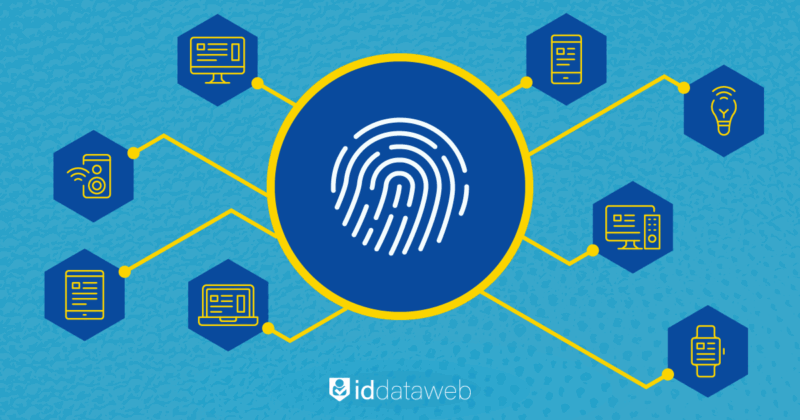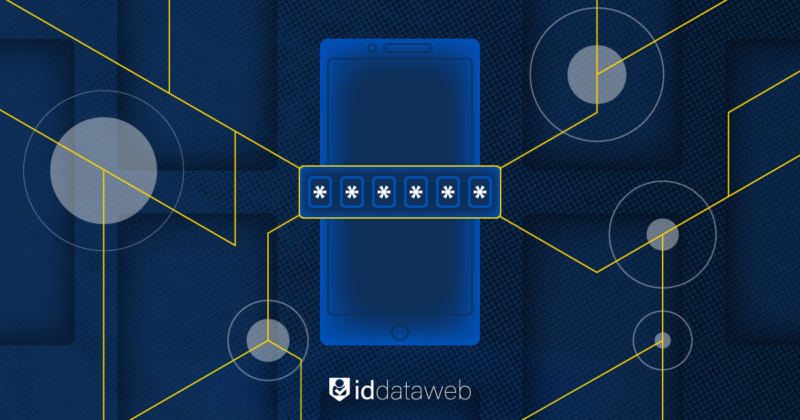Device fingerprinting—hashing dozens of headers and treating the output as gospel—once felt sufficient. But three hard facts now undermine that comfort:
- Fingerprint volatility: Browser updates, font installs, and even privacy plug-ins shuffle entropy, generating “new” prints for legitimate customers.
- Industrialized spoofing: Emulator kits clone pristine iOS or Pixel profiles at will, letting one attacker masquerade as thousands of “fresh” devices. Fraud researchers list such cloaking tools as starter gear for credential-stuffing crews.
- Data-collection limits: Privacy controls in Safari, Firefox, and Chrome strip the very attributes older scripts depend on, while GDPR and CCPA classify covert tracking as personal-data processing.
Meanwhile, the business impact of account takeover keeps climbing. Imperva’s latest Bad Bot Report adds that automated traffic has finally outpaced human traffic, with bots now driving 51% of web requests and bad bots alone reaching 37%.
A single shaky control cannot survive that volume. Organizations need a dense mesh of device, network, and behavioral signals, evaluated together, in milliseconds, every time an account is touched.
Why device fingerprints lost their edge
Safari’s built-in anti-fingerprinting already “presents a simplified version of the system configuration so more devices look identical,” making individual devices harder to tell apart. Essentially, this has flattened browser identifiers like fonts, plug-ins, canvas sizes such that devices look the same.
Fingerprints drift Swap a font, upgrade Chrome, or clear browser storage and the hash changes. Researchers have long documented how even legitimate users generate “new” fingerprints every few weeks; spoofers exploit that instability to look innocent.
Fingerprints spoof easily Off-the-shelf tools clone popular device profiles so a headless emulator can appear as “iPhone 15 on iOS 17.”
Regulations tighten GDPR, CCPA, and Brazil’s LGPD treat covert tracking as personal-data processing, so legal teams push companies toward transparent, user-consented checks rather than silent scripts. Bottom line: a lone fingerprint is brittle, evasive, and legally risky.
Attackers adapted faster than defenders. They responded by churning device emulators that crank out fresh hashes on demand; one botnet can imitate thousands of “new” laptops in minutes. The casualty is confidence: signals clash, false positives multiply, good customers get blocked, and fraud still slips through.
Three stakeholder lenses that shape every access decision
Application teams worry about conversion
Extra prompts dent signup rates and shopping-cart completion. They need a control plane that challenges only the riskiest one or two percent of sessions while letting returning customers glide through.
Security teams need unified visibility
Swiveling between dashboards wastes time. NIST’s SP 800-63B calls for “continuous evaluation of user, system, and environmental attributes”—device health, network hygiene, and more—before granting higher assurance. Architects therefore want a single verdict that blends device, identity, IP reputation, and behavior so it fits zero-trust mandates and audit evidence.
Fraud analysts prioritize catching repeat offenders
Device memory matters most. If a jail-broken iPhone laundered gift-card balances yesterday, its fingerprint, IMEI, or device reputation score must block tomorrow’s payout. Consortium intelligence—ThreatMetrix, LexisNexis, or mobile-carrier risk feeds—gives advance warning, but only if those feeds flow into real-time policy.
How ID Dataweb orchestrates device intelligence
ID Dataweb’s platform treats the device as one signal among many—then fuses them in a policy engine an app team can tweak with a drag-and-drop workflow.
- Real-time device profiling. The engine records standard fingerprint attributes but immediately layers IP reputation, geo distance, emulator heuristics, and telecom insights. A single API call yields a composite risk score, not a yes/no guess.
- MobileMatch—proof of possession, not just ownership. When risk tilts high, MobileMatch pings carrier data to confirm the SIM still lives in the rightful user’s handset and pushes a one-time challenge that proves physical control If a SIM-swap happened hours earlier, policy can block or escalate without a human in the loop.
- Crowdsourced device reputation baked in. Via the Attribute Exchange Network, the platform taps partners ranging from credit bureaus to fraud consortiums. If a jailbroken iPhone linked to mule activity surfaces on another merchant, your login flow hears about it in seconds.
A walk through an orchestrated decision
- Login request arrives from a Chrome browser on Android 14.
- Device fingerprint looks unseen, so the engine checks reputation: IP originates from a fresh ASN with prior bot flags—risk bumps up.
- Telecom lookup spots a SIM-swap on the last 24-hour window—risk jumps higher.
- Policy fires MobileMatch. A push link hits the phone.
- User fails to confirm within the SLA. Session blocked, SOC alerted.
All in under 300 milliseconds. Contrast that with an old-school setup where fingerprint alone would have allowed the session, blissfully unaware of the swap.
The payoffs for each stakeholder
Application teams see smoother flows because 96–99% of recognized devices sail through without extra prompts, based on aggregate customer results (internal case aggregate; figures available on request) while net fraud plummets.
Security teams gain a single policy canvas, aligning with Zero Trust mandates and documenting every risk factor checked—handy when auditors knock.
Fraud teams see recycled devices blocked. Fewer false alarms, fewer overnight triages.
Conclusion
Attackers evolve, yet the orchestration model lets defenders slot fresh signals into the same policy tree. Want to score jailbreak telemetry from a new mobile-threat-defense vendor? Add the connector and set a rule. Need EU-specific PSD2 payment confirmation? Pair device trust with FIDO2 Secure Payment Confirmation, both available in the catalog. The framework stays constant while signals rotate.
Device fingerprinting still adds value—but only as one color in a complex palette. Attackers sprint ahead with emulators, SIM swaps, and residential proxies; regulations squeeze silent tracking; customers demand frictionless logins. The safe path combines every available clue—fingerprint stability, carrier truth, behavioral norms, IP cleanliness—into a single decision that lands before a bot can blink.
ID Dataweb delivers that synthesis. Real-time profiling, carrier-verified possession, consortium reputation, and low-code policy let application, security, and fraud teams share one clear risk verdict per event.












